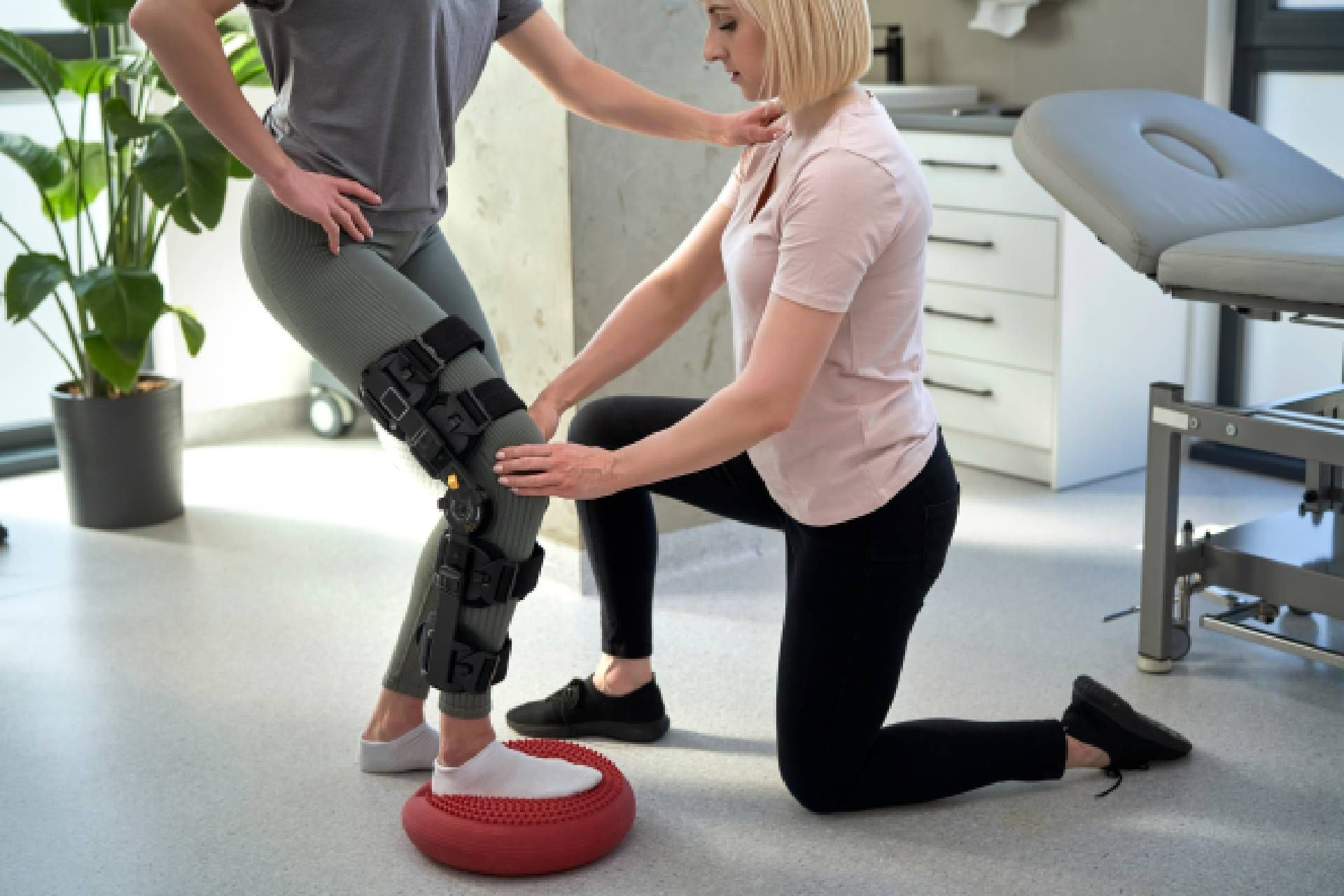Fitting Criteria for Varied Ski Styles Westminster CO
Boot fitting for ski racing is a vital side of the sport, playing a big role in performance and comfort. A well-fitted boot can enhance management, precision, and overall enjoyment on the slopes. Ski racing requires the skier to exert immense pressure on their boots, making the best fit a important component in achieving optimal performance.
The means of boot fitting involves several intricate steps, starting with understanding the skier's foot shape and size. Every foot is exclusive, and various brands have different final widths, heel shapes, and instep heights. A educated boot fitter will take exact measurements, ensuring that the skier's foot is accurately represented within the selected boot model.
Once the measurements are obtained, the subsequent stage is the selection of boots that align with the skier's skill level and racing goals. For novice racers, a softer boot might provide some forgiveness and comfort. In distinction, extra superior racers usually require stiffer fashions that facilitate greater power transfer for heightened control, notably at excessive speeds.
After choosing the proper boot, the fitting process actually begins. This is the place the boot fitter meticulously focuses on making a personalized fit, usually known as "shell fitting." The boot is tried on with out the liner, permitting the fitter to evaluate how the shell of the boot contacts the foot. Gaps or pressure points could be identified easily at this stage, with the goal being to eliminate any areas that could result in discomfort over time.
Ski Boot Fit Adjustments Tips Erie CO
Heat molding is likely one of the most vital parts of boot fitting. This entails heating the liner and generally even the shell, permitting it to mold across the skier’s foot. A correctly molded liner hugs the foot snugly, providing both warmth and luxury. This heat can forestall cold feet throughout lengthy days on the slopes, a problem that many racers face.
While heat molding is crucial, so is making fine changes in the course of the fitting. Often, minor tweaks corresponding to footbeds or insoles may be needed. A customizable footbed can significantly improve fit, cushioning, and total help. It can also enhance alignment, which is prime for minimizing fatigue and maintaining management during high-speed runs.
Optimal Fit for Ski and Snowboard Boots Northglenn CO
It’s essential to assume about the flex index of the ski boots. Various manufacturers fee flex in a unique way, but often, junior racers require a softer flex to advertise mobility and adaptableness as they're still growing expertise. More advanced opponents often opt for a stiffer flex that interprets into better energy transmission and responsiveness when carving turns.
Another consideration in boot fitting for ski racing is the stance alignment. Proper alignment of knees, hips, and ankles is crucial for efficient energy switch and preventing accidents. The boot fitter will assess this alignment and make changes, if necessary, to guarantee that the skier is in the best place for performance.
Personal Experience with Boot Fitting Westminster CO
The position of socks cannot be ignored in terms of boot fitting. Specialized ski socks, usually made from materials designed for moisture-wicking and insulation, play a significant role in maintaining heat. Additionally, they can help reduce friction inside the boot itself, decreasing the probability of blisters during prolonged periods of snowboarding.
Communication between the skier and the boot fitter is essential all through the fitting process. Skiers should voice any discomfort or pressure points they may really feel, allowing the fitter to deal with these issues immediately. This back-and-forth helps guarantee the final product will meet the skier's particular needs and preferences.
Innovative Approaches to Boot Fitting Longmont CO
Finally, making an attempt the boots on the snow is irreplaceable. An preliminary fitting can feel nice in the shop, however skiing places a different set of calls for on the boots. If a skier can, they should test the fit on a follow run or training course to verify comfort and performance. This real-world testing helps to establish minor adjustments that will not have been obvious in the course of the fitting.
In conclusion, boot fitting for ski racing is a meticulous and personalised process that tremendously impacts a skier’s performance. The proper fit enhances comfort, ensures control, and minimizes the chance of injury. By investing time and a spotlight into discovering the right boots, racers can give consideration to what they love most – the thrill of the race.
The collaboration between the skier and the boot fitter is crucial in navigating this complicated journey. A excellent fit not only improves performance but in addition fosters enjoyment within the sport. Through quality fitting, attention to element, and customized adjustments, skiers can take benefit of their racing experience and reach their full potential on the slopes.
- Precise measurements of foot size and width are important for reaching a snug fit, minimizing movement that may have an effect on performance during races.
- Ski boot liners ought to be heat-molded to make sure a custom fit, permitting for enhanced comfort and improved vitality transfer to the ski.
- The flex rating of a ski boot should match the athlete's skiing type, with stiffer boots beneficial for superior racers who require higher management at excessive speeds.
- Ankle and heel hold is crucial; fit specialists often employ various techniques to ensure these areas are securely locked in place.
- Proper alignment of the boot cuffs can significantly impact balance and edge management, making it critical for racers to have well-adjusted cuff positioning.
- The tongue of the boot ought to ideally provide consistent pressure across the instep, preventing discomfort and enhancing responsiveness.
- Using footbeds or custom insoles can enhance foot help, offering higher stability and lowering fatigue throughout long races.
- Attention to vent placement is important; adequate ventilation helps regulate temperature, preventing numbness or discomfort during runs.
- Evaluating the skier's technique and stance can guide specific boot adjustments, tailoring the fit to enhance overall performance on the racecourse.
- Consistent follow-up adjustments post-fitting can help address any discomfort that may come up throughout coaching, guaranteeing peak performance throughout competitions.undefinedWhat is boot fitting for ski racing?
Boot Fitting Resources for Skiers Broomfield CO
Boot fitting for ski racing is the process of customizing ski boots to ensure optimal fit, comfort, and performance on the slopes. It includes adjusting numerous parts to reinforce your skiing experience and achieve more efficient vitality switch.

Why is proper boot fitting important for ski racing?
Common Questions About Boot Fitting Louisville CO
Proper boot fitting is crucial for ski racing because it allows for better control, responsiveness, and luxury. A well-fitted boot may help stop accidents and enhance total performance by making certain that skiers can keep proper method and balance.
How do I know if my ski boots fit correctly?
You can determine in case your ski boots fit accurately by checking for a snug fit with out pressure points. Signs You Need a Boot Fitting Brighton CO. When buckled, your toes ought to slightly brush the front of the boot, and there should be minimal motion of your heel. A qualified boot fitter can also conduct a professional evaluation
Boot Fit Testing Before Purchase Lafayette CO
What customizations could be carried out during the boot fitting process?
Customizations through the boot fitting process can embrace heat molding liners, adjusting buckles, adding custom footbeds, and modifying the shell. Each adjustment is tailor-made to accommodate your unique foot shape and snowboarding type, enhancing comfort and performance.
How long does the boot fitting process take?
Understanding Pressure Points in Ski Boots Brighton CO
The boot fitting process usually takes anyplace from 1 to 3 hours, depending on the extent of customization needed. This timeframe allows for thorough evaluations, adjustments, and testing to make sure the very best fit.
Can I ski instantly after getting my boots fitted?
It's advisable to permit some time to break in your newly fitted boots earlier than heading out to ski. While you can certainly strive them on and stroll round in them, skiing with them for a couple of hours helps guarantee they settle into the fit and improve comfort.
How typically should I get my ski boots fitted?
Analyzing Foot Shape for Ski Boot Fit Lafayette CO
It's beneficial to get your ski boots fitted every few seasons or whenever there are noticeable modifications in your foot shape, discomfort arises, or in case your snowboarding fashion adjustments significantly. Regular evaluations assist maintain the most effective fit and performance.
What should I deliver to a boot fitting appointment? (How Tight Should New Ski Boots Be? Northglenn CO)
For a boot fitting appointment, wear or convey the socks you typically ski in, as they'll have an result on fit. Additionally, think about bringing any present ski gear, corresponding to your skis and bindings, to help the fitter assess your full setup.
Optimal Fit for Ski and Snowboard Boots Louisville CO
Are there particular issues for ladies or racers with unique foot shapes?

Yes, women and racers with distinctive foot shapes might have specialised boots or custom modifications. Women's ski boots typically have totally different flex patterns and shapes, whereas distinctive foot shapes may require custom footbeds or shell modifications for optimum performance.
What if I experience discomfort after my boot fitting?

If you experience discomfort after your boot fitting, it is important to return to your fitter. They can assess the problems and make needed adjustments (Properly Fit Ski Boot Feel Nederland CO). Addressing discomfort early on can forestall performance issues and enhance your snowboarding experience
here are the findings Learn More Bradley Pierce Then & Now!
Bradley Pierce Then & Now! Jonathan Lipnicki Then & Now!
Jonathan Lipnicki Then & Now! Jenna Jameson Then & Now!
Jenna Jameson Then & Now! Katie Holmes Then & Now!
Katie Holmes Then & Now! Elin Nordegren Then & Now!
Elin Nordegren Then & Now!